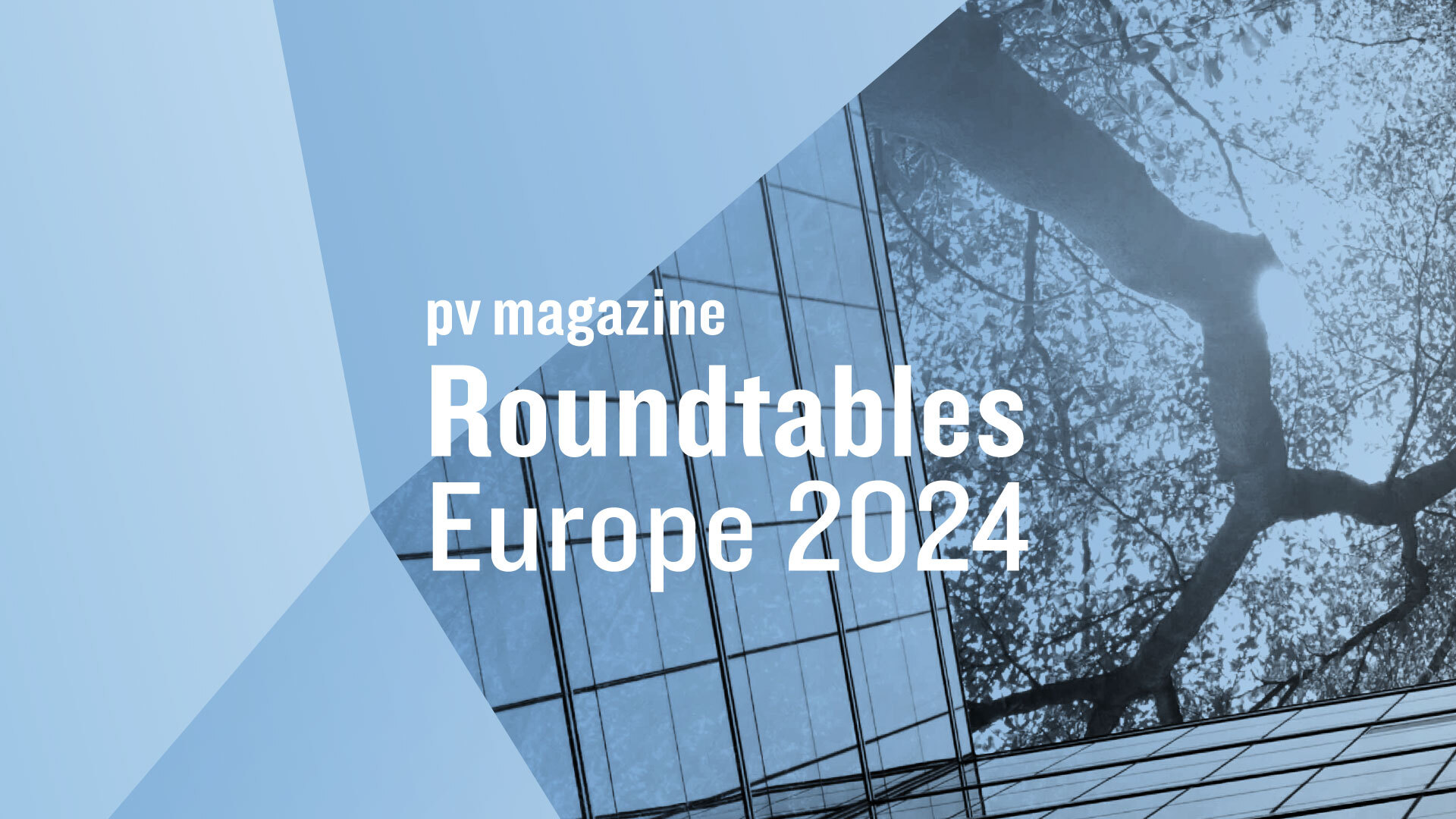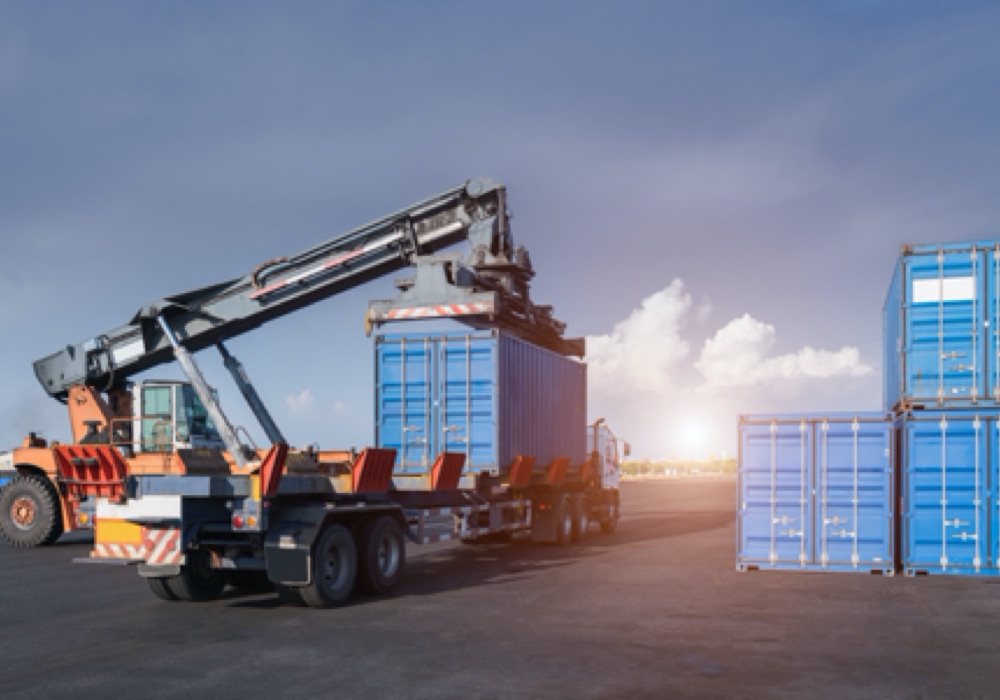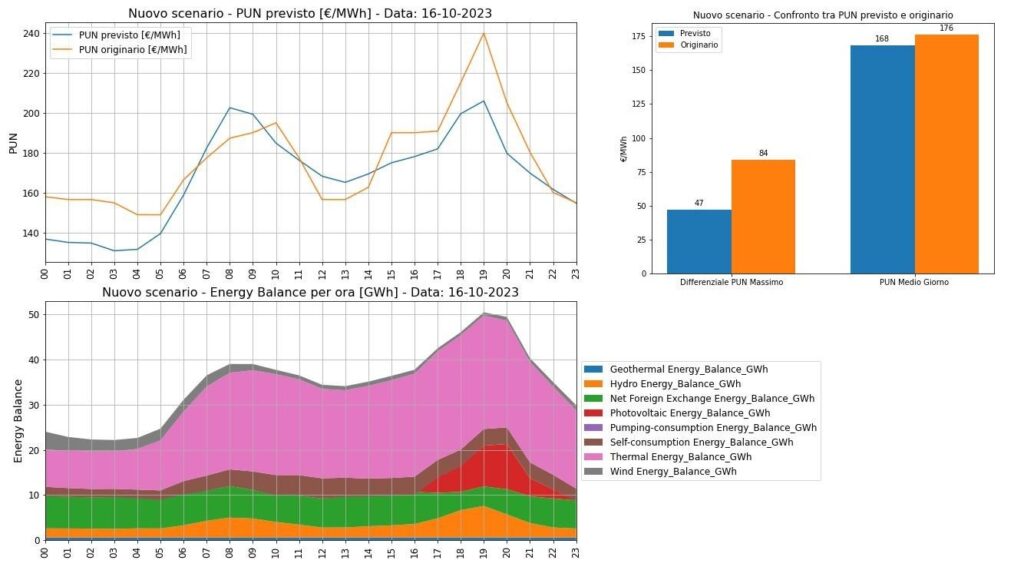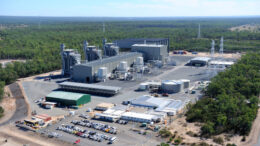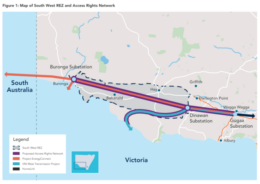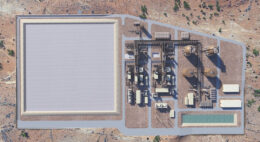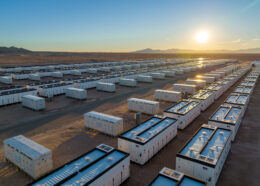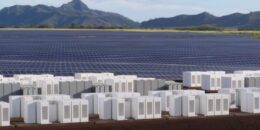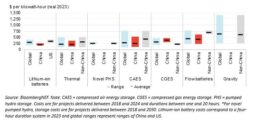Bulgaria initiates consultations on 3 GWh standalone energy storage tender
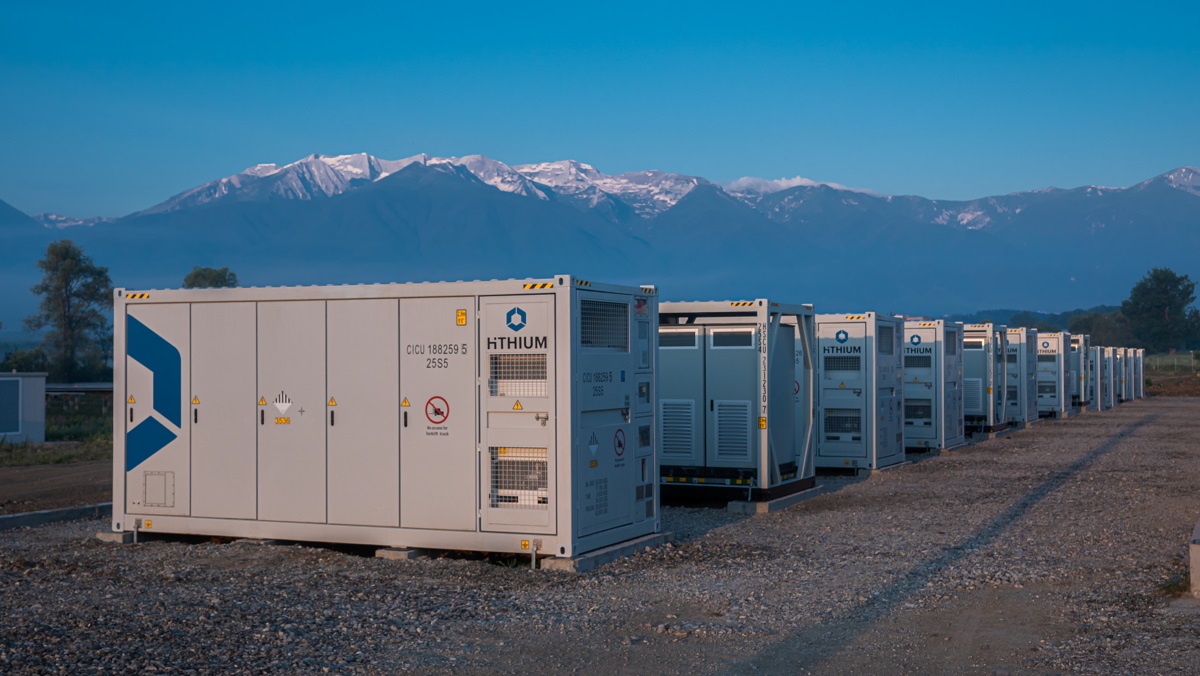
The Bulgarian Ministry of Energy has initiated public consultations on a tender to build infrastructure for storing electricity from renewable energy sources.
The procurement procedure, named RESTORE, will offer a total of BGN 1.2 billion ($657 million) for the construction and commissioning of a national infrastructure of renewable energy storage facilities with a minimum capacity of 3,000 MWh of usable energy, the ministry said in a press release on Wednesday.
The grant shall cover up to 50% of the eligible costs, but not exceed BGN 371,600 (without VAT) for each megawatt hour of usable energy capacity, the rules of the procedure stipulate.
The public call is for projects equal to or greater than 10 MW with at least two hours of storage capacity, which will be primarily used in the frequency regulation markets.
The tender is funded under Bulgaria’s National Recovery and Resilience Plan (NRRP), which aims to significantly increase the share of energy from renewable sources in the nation’s energy mix, while simultaneously building the necessary infrastructure for its storage.
“The construction of storage facilities is key to the efficient balancing and management of the power system. The successful implementation of this procedure will guarantee the security and stability of the power system,” said Energy Minister Vladimir Malinov.
According to the minister, the procedure will provide an opportunity to integrate the electricity produced from renewable sources into the national and regional power systems.



